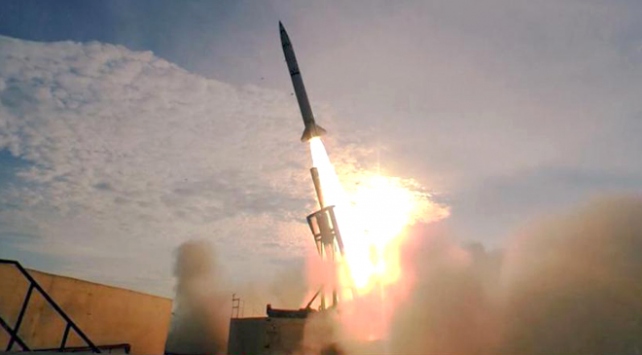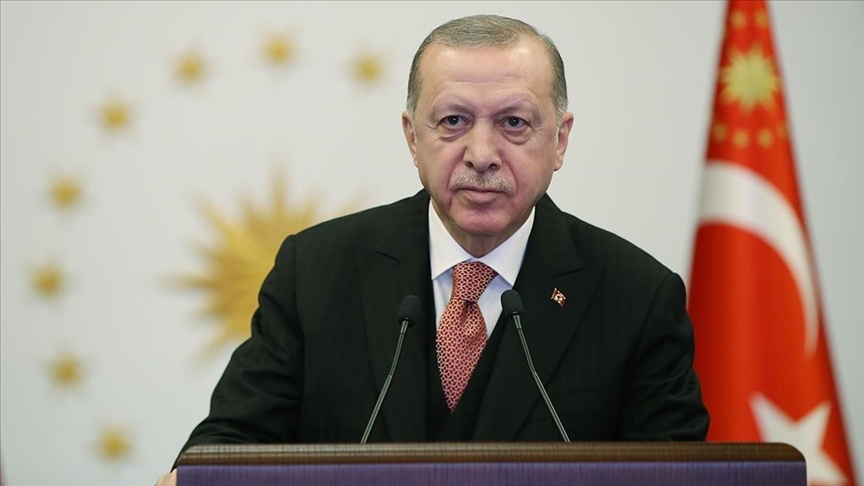Jammers
Early seeker systems determined the angle to the target through timing of the reception of the signal. This makes them susceptible to jamming by releasing false signals that are so powerful that they are seen even when the seeker reticle is covering the sensor. Early jammers like the
AN/ALQ-144 used a heated block of
silicon carbide as an IR source, and surround it with a spinning set of lenses that send the image as a series of spots sweeping around the sky. Modern versions more typically use an infrared
laser shining on a rapidly rotating mirror. As the beam paints the seeker it causes a flash of light to appear out of sequence, disrupting the timing pattern used to calculate angle. When successful, IR jammers cause the missile to fly about randomly.
IR jammers are far less successful against modern imaging seekers, because they do not rely on timing for their measurements. In these cases, the jammer may be detrimental, as it provides additional signal at the same location as the target. Some modern systems now locate their jammers on towed countermeasures pods, relying on the missile homing on the strong signal, but modern image processing systems can make this ineffective and may require the pod to look as much as possible like the original aircraft, further complicating the design.
[47]
A more modern laser-based technique removes the scanning and instead uses some other form of detection to identify the missile and aim the laser directly at it. This blinds the seeker continually, and is useful against even modern imaging seekers. These
directional infrared countermeasures (DIRCMs) are very effective, they are also very expensive and generally only suitable for aircraft that are not maneuvering, like cargo aircraft and helicopters. Their implementation is further complicated by placing filters in front of the imager to remove any off-frequency signals, requiring the laser to tune itself to the frequency of the seeker or sweep through a range. Some work has even been put into systems with enough power to optically damage the nose cone or filters within the missile, but this remains beyond current capabilities.

mavivatan.net












